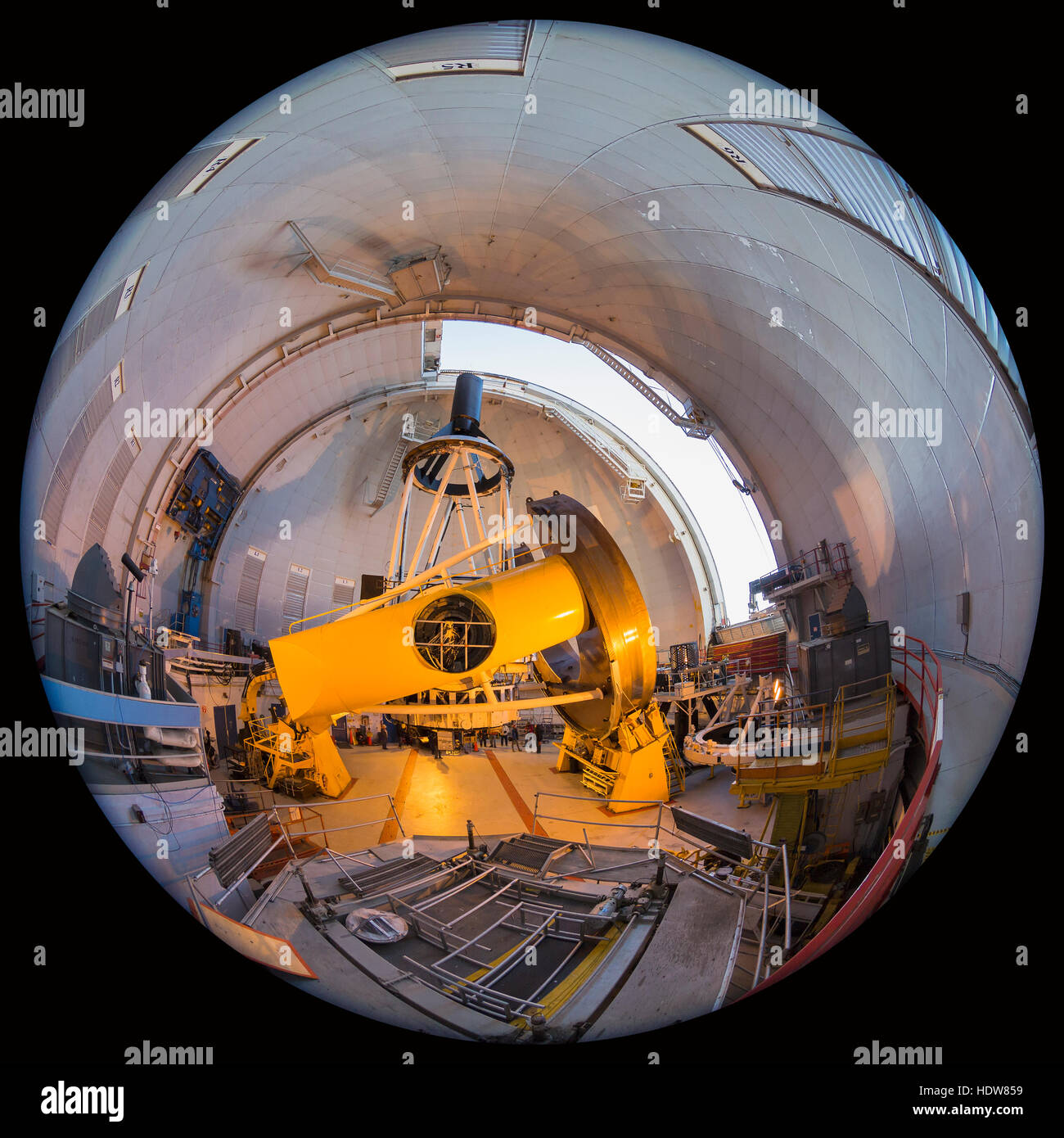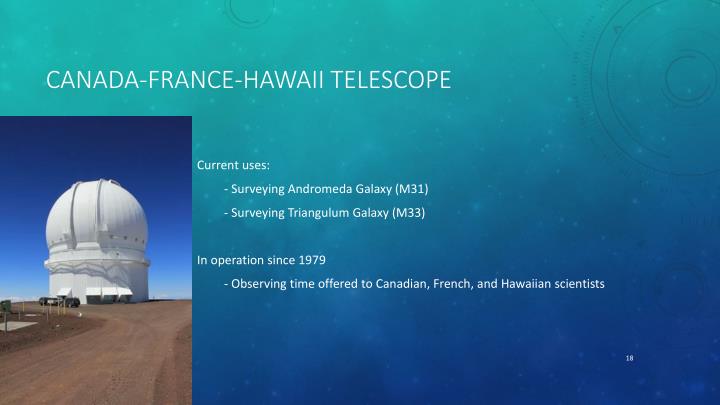
Dark matter and dark energy dominate the Universe, but neither can be seen or identified.Īstronomers, however, can measure dark energy's effect on the rate of cosmic expansion unlike gravity, the force of dark energy increases as space expands.

The Legacy Survey's prime scientific objective was to precisely measure several hundred Type Ia supernovae to help better understand the nature of dark energy. On data products produced at Terapix available at the Canadian Astronomyĭata Centre as part of the Canada-France-Hawaii Telescope Legacy Survey, (CNRS INSU) of France, and the University of Hawaii. Science de l'Univers of the Centre National de la Recherche Scientifique The National Research Council (NRC) of Canada, the Institut National des
#Canada france hawaii telescope alan full
The data revealed some 38 million objects, mostly very distant galaxies in various stages of evolution, across a combined area of sky totaling 155 square degrees (800 times the surface area of the full Moon as seen in the sky).

Three more years were needed to accurately calibrate the huge volume of high-quality and homogeneous data obtained in five color-bands covering the optical domain from blue to red, including near-ultraviolet and near-infrared. The Legacy Survey observations began in 2003 and ended in 2009.

The large number of published results from these images include dark matter maps on the largest scale ever observed and the first high-quality measurements which showed that dark energy closely resembles the cosmological constant that Albert Einstein predicted, but later thought might have been his greatest mistake. This remarkable collection of data is a landmark achievement for CFHT and has inspired observatories around the world. The imaging project probes an extremely large volume of the Universe, gathering tens of millions of galaxies, some as far as 9 billion light-years away, and provides a treasure trove for many years of astronomical research. Canada-France-Hawaii Telescope Legacy SurveyĪstronomers from France and Canada have publicly released the final version of the Canada-France-Hawaii Telescope Legacy Survey (CFHTLS), a unique and powerful multi-color collection of data obtained over 6 years from the summit of Mauna Kea.


 0 kommentar(er)
0 kommentar(er)
